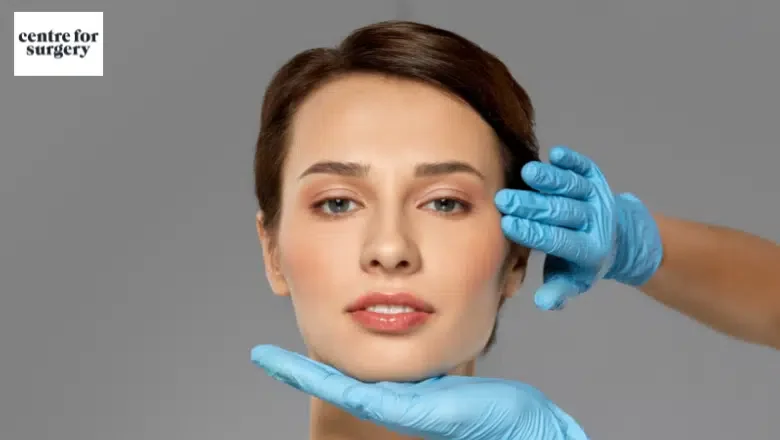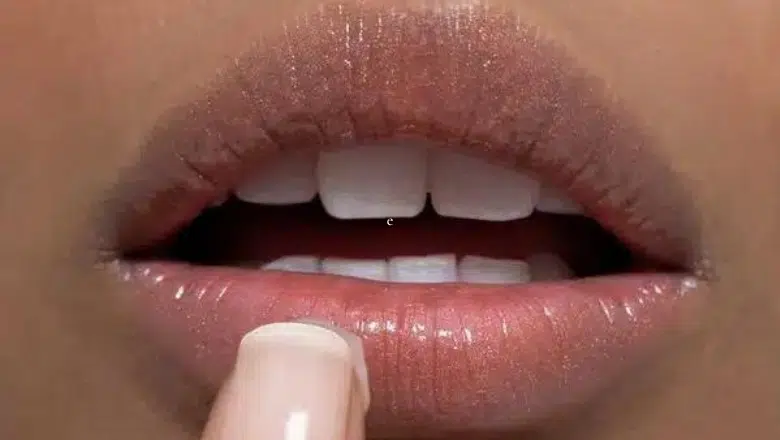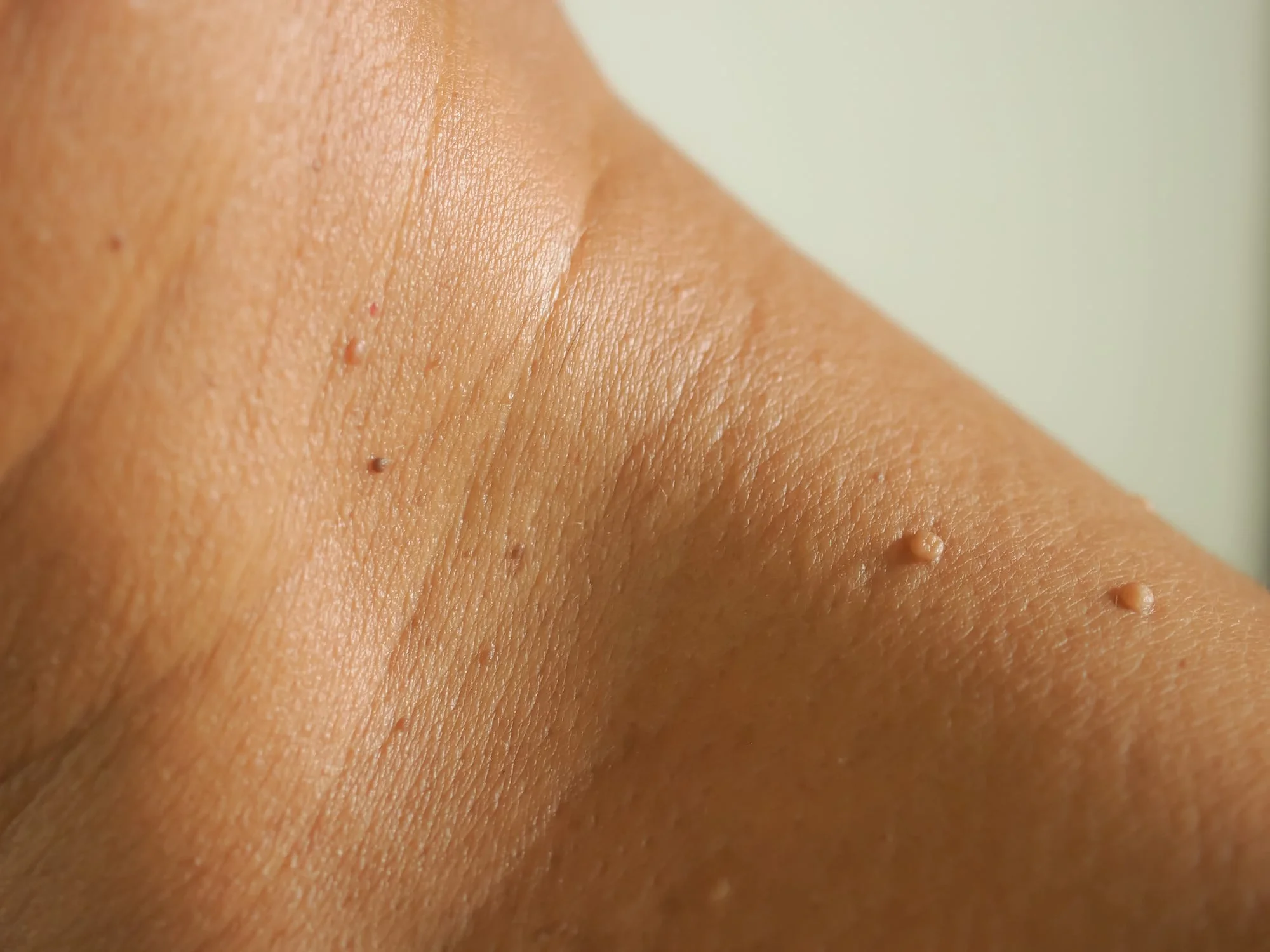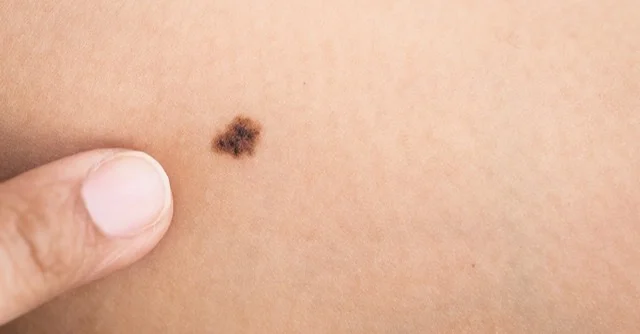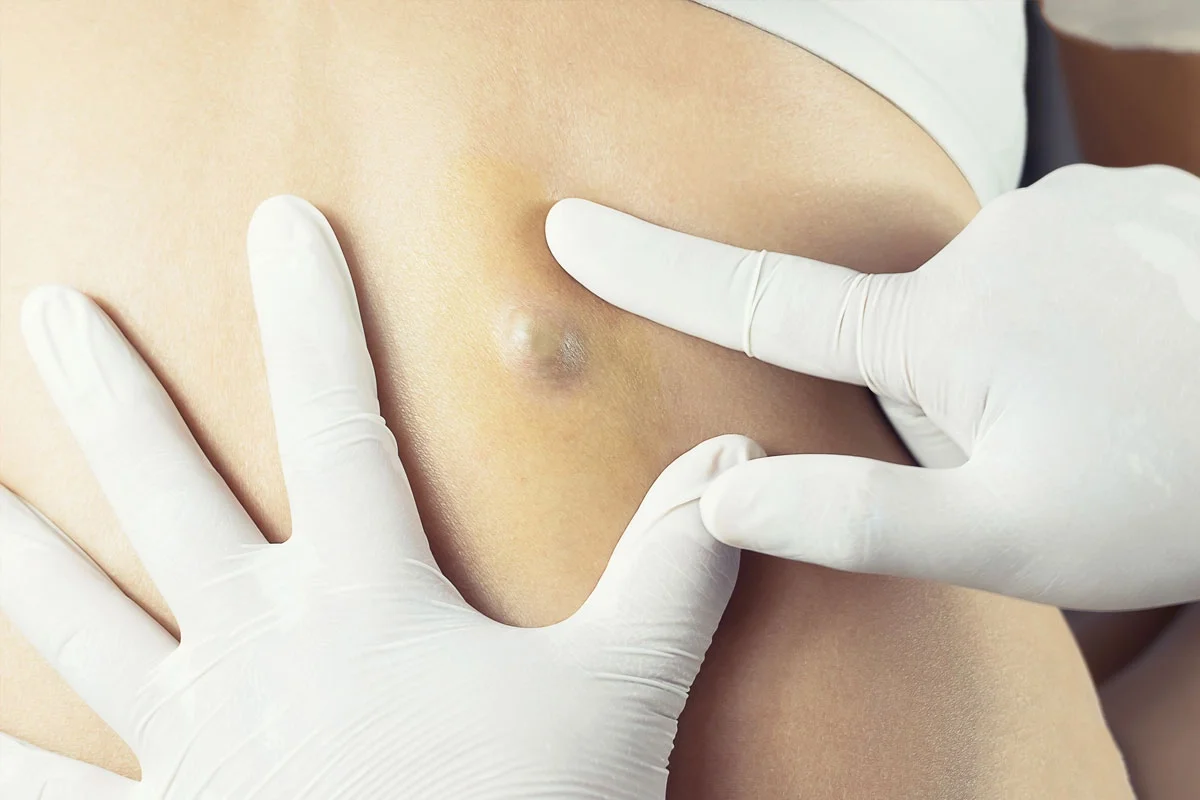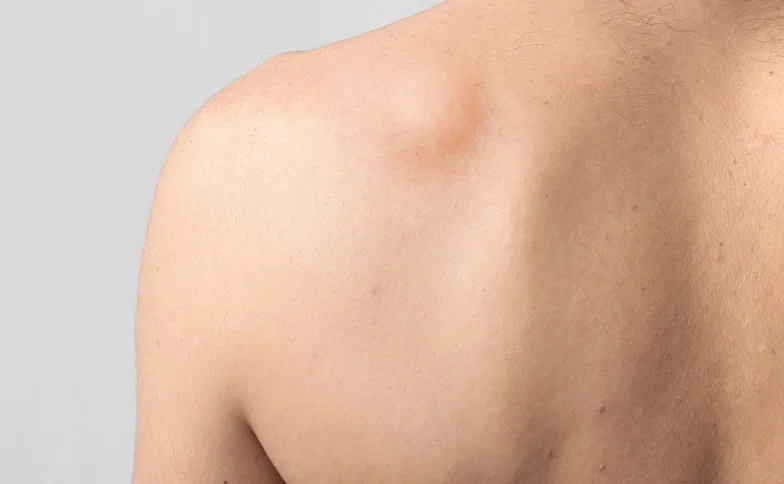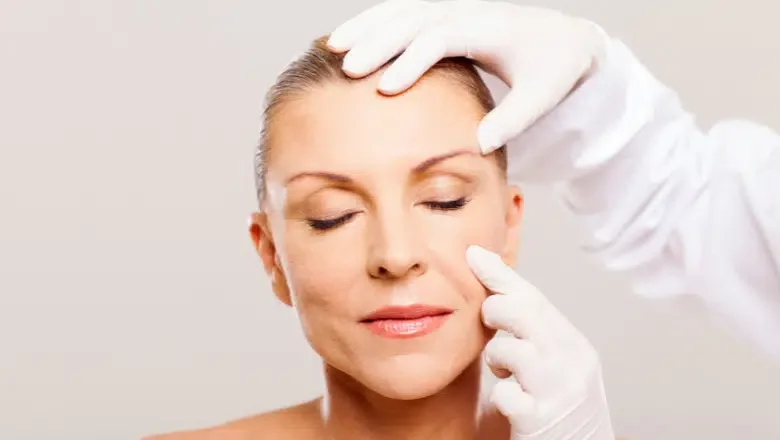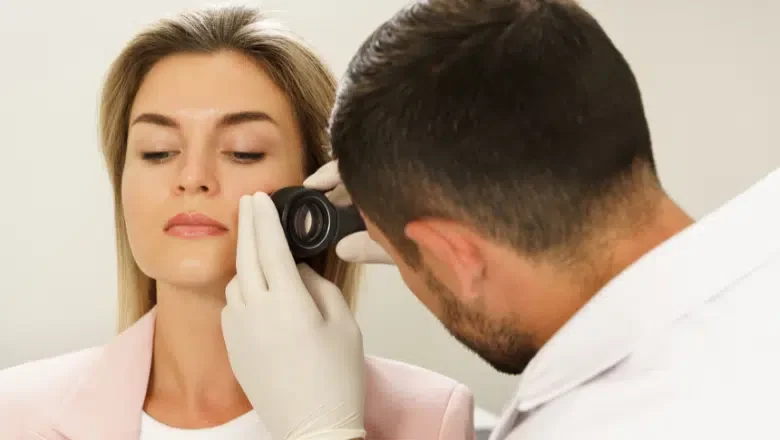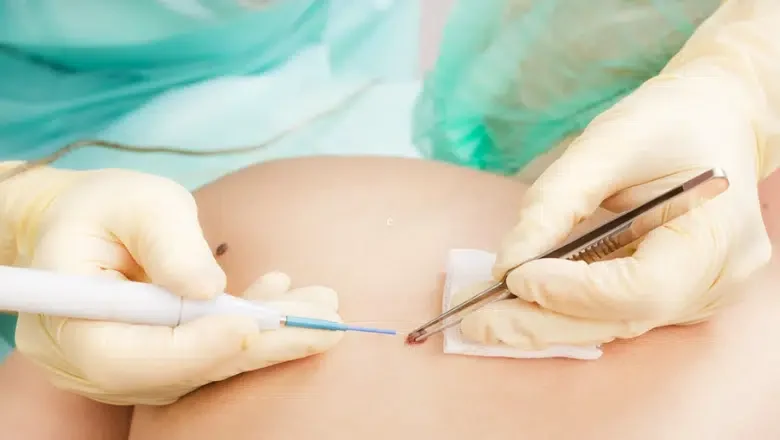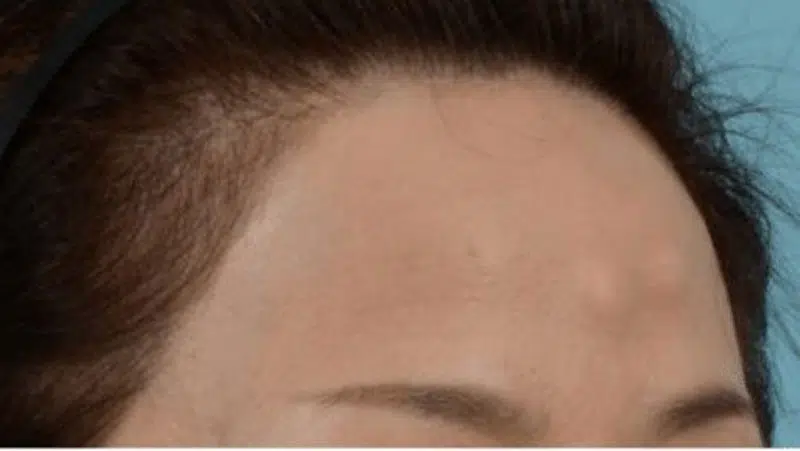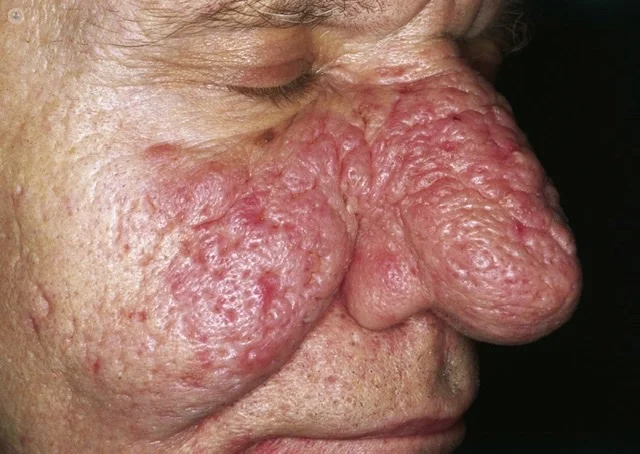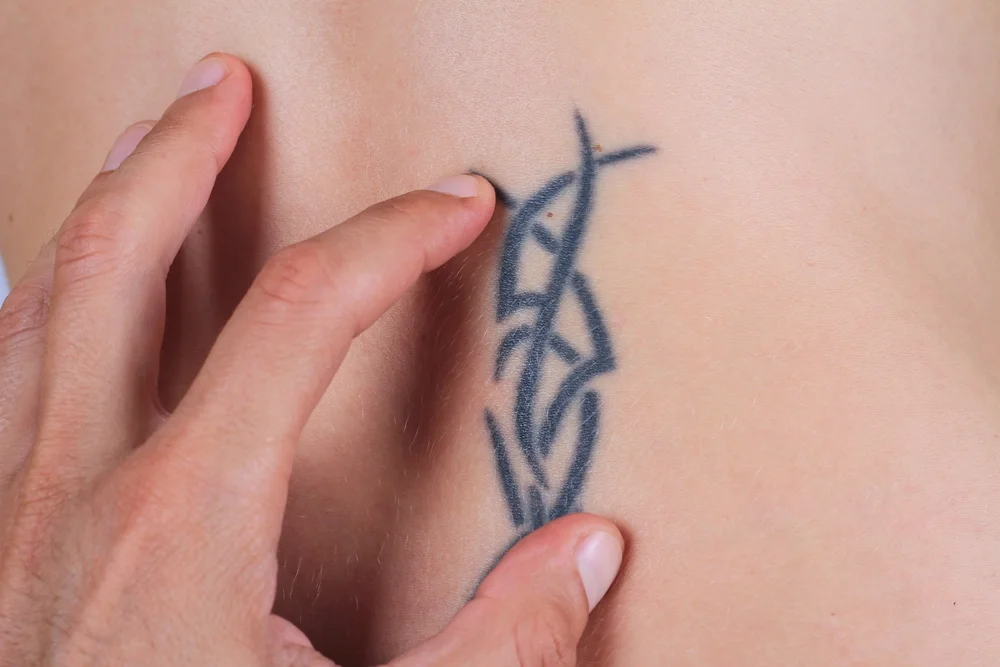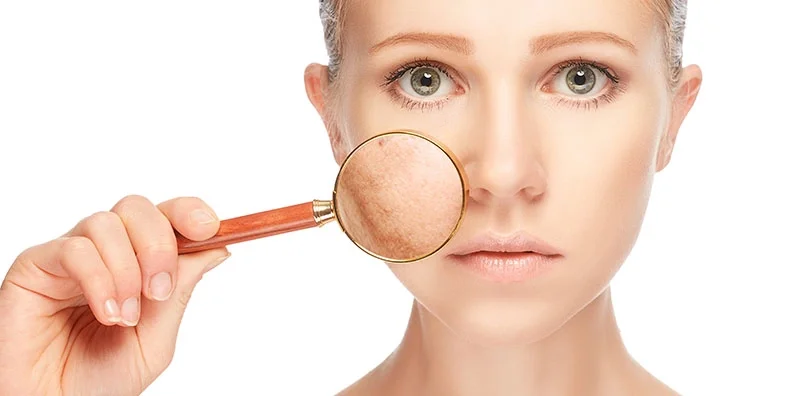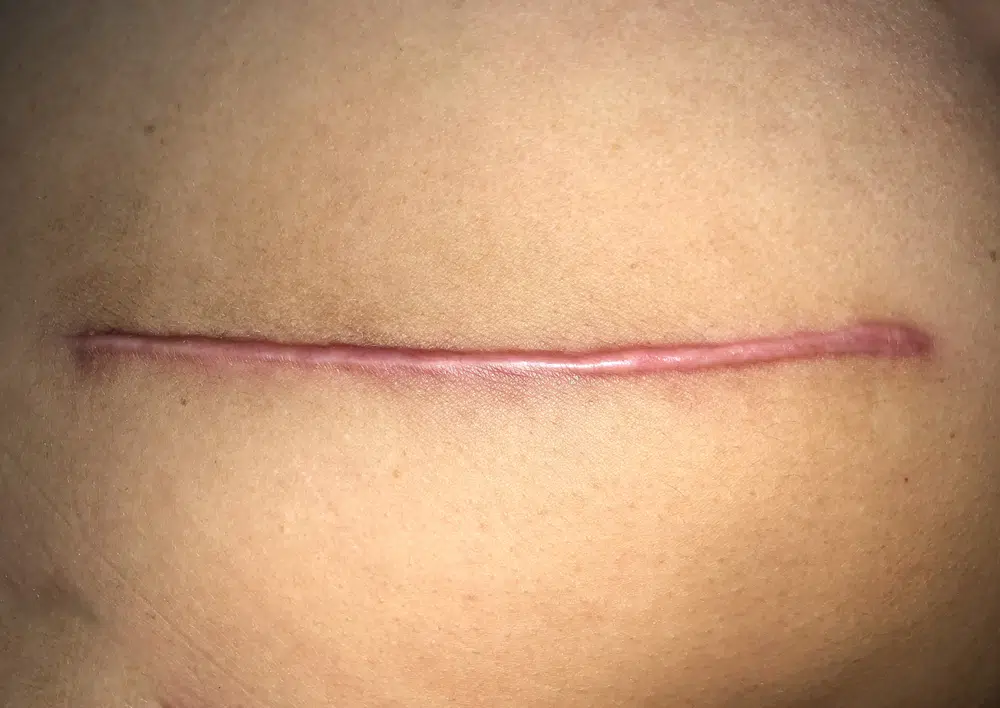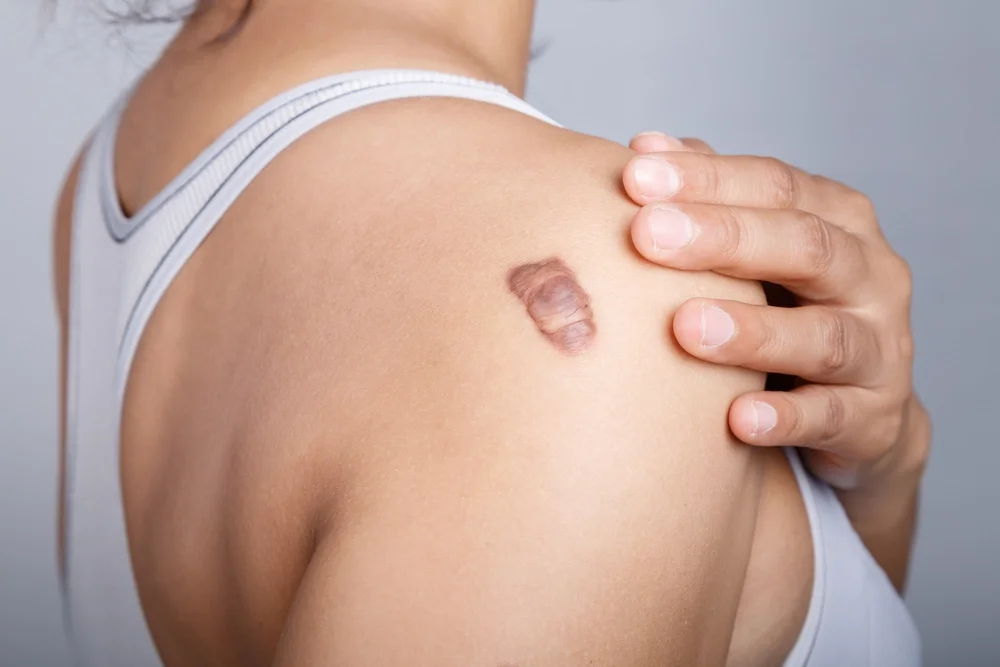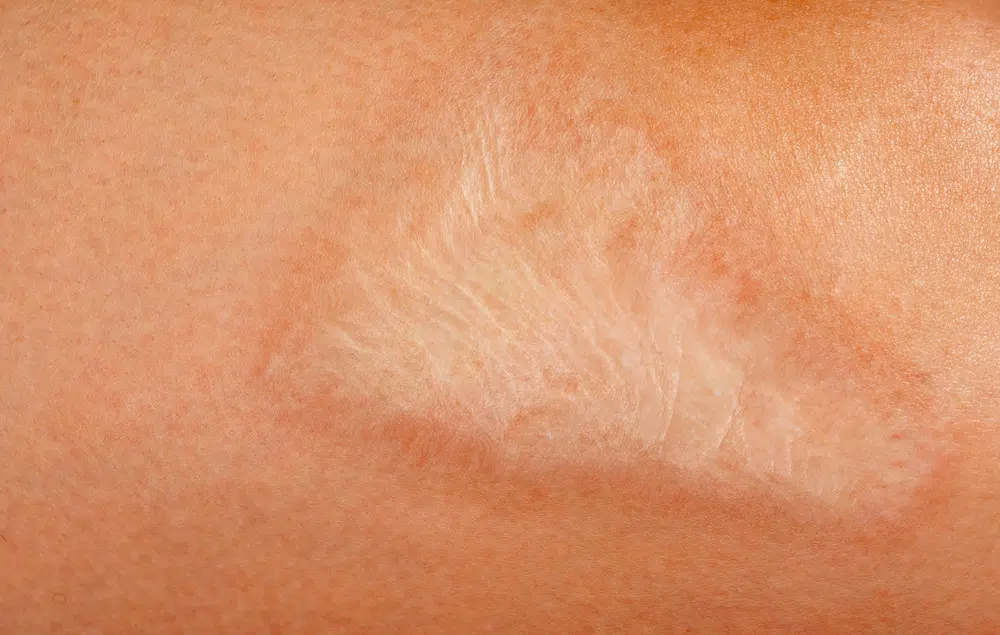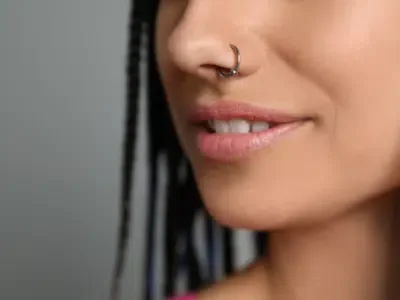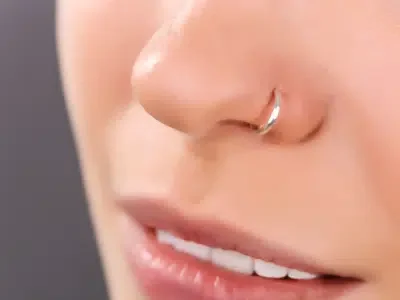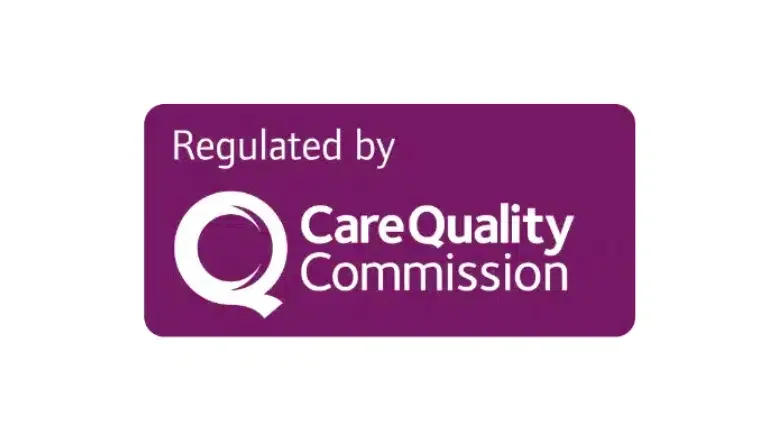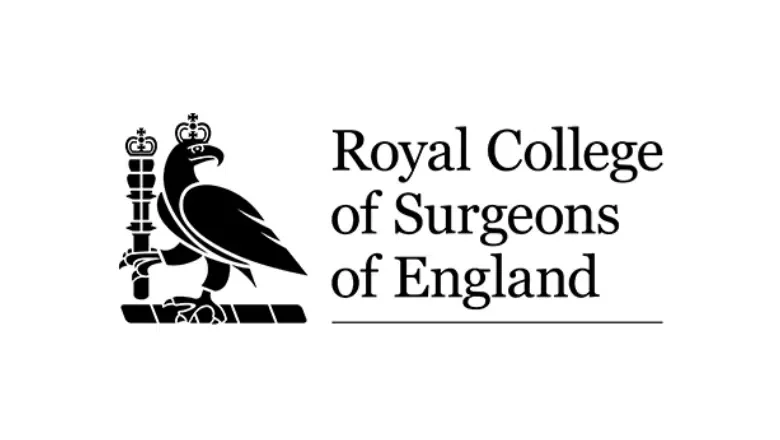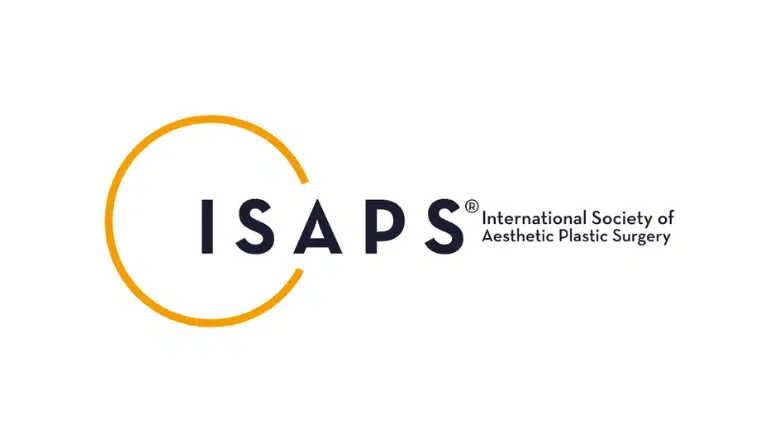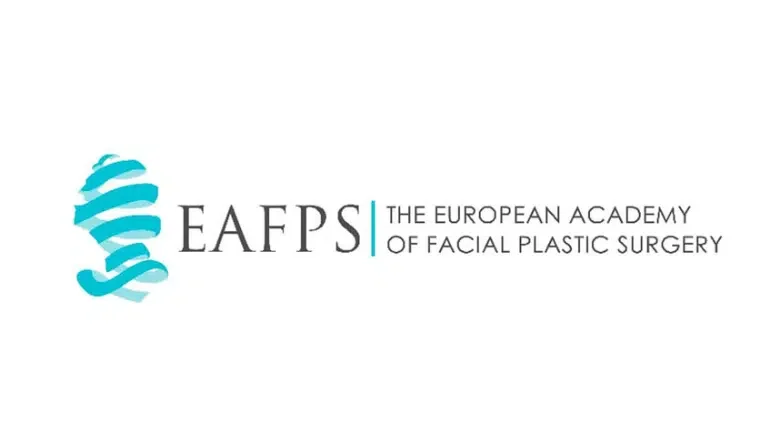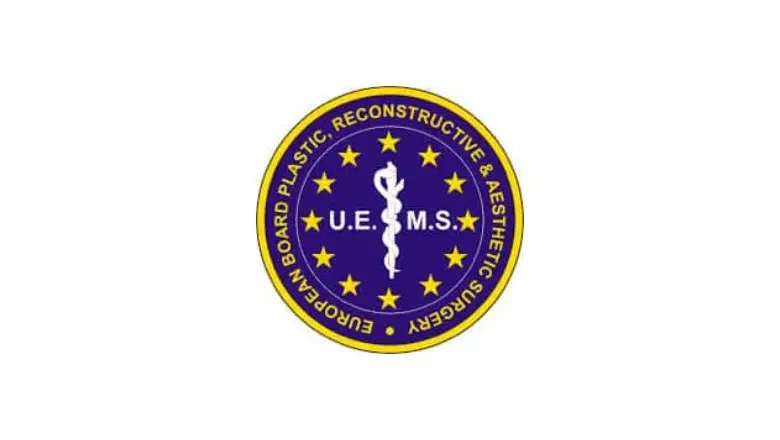Skin Surgery - Lumps & Bumps Removal and Scar Revision Surgery
Skin surgery refers to a group of surgical procedures that are used to treat a wide range of skin conditions, including benign tumours, cysts, and other growths. It also includes procedures that are used to improve the appearance of the skin, such as scar revisions and skin rejuvenation.
Some common skin surgery procedures include:
- Skin lesion removal: Surgical excision is a common procedure used to remove benign tumours, cysts, and other growths. The surgeon will make an incision in the skin, remove the growth, and close the wound with sutures.
- Scar revision: Scar revision is a procedure that is used to improve the appearance of scars, whether they are the result of injury, surgery, or acne. The surgeon may remove the scar tissue, reposition the tissue to minimise the appearance of the scar, or use skin grafts or flaps to cover the scar.
- Laser resurfacing: Laser resurfacing is a procedure that uses a laser to remove the outer layer of damaged skin and stimulates the growth of new skin cells. This procedure can be used to improve fine lines, wrinkles, age spots, and acne scars.
Skin Lesion Removal
Skin lesion removal at Centre for Surgery involves the safe and effective elimination of skin abnormalities such as moles, skin tags, cysts or lipomas. Conducted by our highly skilled team, the process prioritises patient comfort, employing advanced techniques for minimal discomfort and optimal results. Each treatment plan is personalised, considering the type, size, and location of the lesion. Our priority is to not only enhance your skin’s appearance but also to address any potential health concerns. Post-procedure, our supportive team guides you through the recovery process, ensuring your journey towards healthier skin is smooth and successful.
Facial Skin Lesion Removal
Facial skin lesion removal refers to the surgical removal of abnormal growths or marks on the skin of the face. These include moles, warts, age spots, and skin tags. The procedure is typically performed under local anaesthesia and can be done using a variety of techniques, such as excision (cutting out the lesion), curettage (scraping the lesion off), or electrodessication (burning the lesion off). Depending on the type, size, and location of the lesion, the removal process may require stitches or cauterization to stop bleeding. Some benign lesions can be removed by cryotherapy(freezing the lesion) or topical cream. In some cases, the removed lesion will be sent to a lab for further examination to ensure that it is not cancerous.
Lip Lesion Removal
Lip lesion removal is a specialised surgical procedure to excise abnormal tissue growths on the lips. These lesions can range from benign conditions like cysts or venous lakes to malignant forms such as Basal Cell Carcinoma (BCC) or Squamous Cell Carcinoma (SCC). The procedure is meticulously performed under local or general anaesthesia, depending on the lesion’s size and complexity. Post-surgical care minimises scarring and preserves the natural appearance and function of the lips. Ideal for both aesthetic and health reasons, this surgery enhances lip appearance and mitigates potential health risks associated with untreated lesions.
Skin Tag Removal
Skin tag removal is a common and straightforward procedure to eliminate small, benign growths that hang off the skin. These growths, known as skin tags, are often found in areas where the skin folds, such as the neck, armpits, and under the breasts. Removal methods include cryotherapy (freezing), surgical excision, laser treatment, or using a sharp instrument for scraping. The choice of method depends on the size and location of the skin tag. The procedure is usually quick and can often be done without anaesthesia. Though skin tag removal is mainly for cosmetic reasons, it can also alleviate discomfort caused by rubbing.
Mole Removal Surgery
Mole removal surgery at Centre for Surgery in London involves skilled plastic surgeons using state-of-the-art techniques to safely remove moles. Whether your concern is cosmetic or health-related, we provide personalised treatment plans for optimal results. The surgery is brief, usually under local anaesthetic, and post-operative discomfort is minimal. We offer comprehensive aftercare and closely monitor your healing process. The ultimate aim is a scar-free skin surface. Our transparent pricing and patient-focused approach ensure an excellent experience. Choose us for effective, safe, and high-quality mole removal procedures, always prioritising your health and satisfaction.
Cyst Removal Surgery
Skin cyst removal is a common surgical procedure performed to treat sebaceous or epidermoid cysts, abnormal bumps that form beneath the skin. During the procedure, a surgeon numbs the area and creates an incision over the cyst, then drains its content or removes the entire cyst, depending on its size and type. The goal is to alleviate discomfort, prevent infection, and address aesthetic concerns. While complications are rare, they may include infection, scarring, and recurrence of cysts. After the procedure, patients typically resume normal activities within a few days, although complete healing takes about a month.
Lipoma Removal Surgery
Lipoma removal surgery is a procedure performed to extract benign fatty tumours known as lipomas that grow beneath the skin. These lumps are usually harmless, but they may cause discomfort or be cosmetically displeasing. Two main techniques are employed for lipoma removal: surgical excision and liposuction. Surgical excision involves making an incision over the lipoma and removing it in one piece, while liposuction uses a probe to suck out the lipoma fat. Postoperative recovery is typically quick, with most people resuming normal activities within a couple of days. The procedure is generally safe with minimal risks of complications.
Dermatofibroma Removal
Dermatofibroma removal at Centre for Surgery is a simple procedure aimed at removing any bothersome or cosmetically concerning growths on your skin. Following a thorough consultation and examination, our highly trained doctors will expertly remove the dermatofibroma under local anaesthetic. The procedure typically takes only a short amount of time and you can return to your normal activities promptly afterwards. Our team provides clear aftercare instructions to ensure optimal healing and minimal scarring. We strive to make your experience as comfortable and pain-free as possible, while helping you achieve the best possible cosmetic outcome.
Pyogenic Granuloma Removal
Pyogenic granuloma removal involves a safe and straightforward procedure. After an in-depth consultation, our expert doctors determine the necessity of the removal based on the size, location, and your discomfort level. The removal itself is typically quick, under local anaesthetic, and often takes around 20-30 minutes. The minimal downtime allows you to resume your regular activities almost immediately. Our team also provides guidance on aftercare to ensure proper healing and minimise scarring. Our aim is to make the experience as worry-free as possible, prioritising your comfort and satisfaction throughout the process.
Osteoma Removal
Osteoma removal is a surgical procedure designed to excise benign bone tumours commonly found on the forehead. These osteomas, while non-cancerous, can cause aesthetic concerns or discomfort. The removal process, typically minimally invasive, involves precise surgical techniques tailored to the osteoma’s size and location. Performed under local anaesthesia, this procedure offers a high success rate with minimal scarring. Ideal candidates are individuals experiencing physical discomfort or seeking aesthetic improvement. Postoperative care focuses on ensuring optimal healing and preventing recurrence.
Rhinophyma Surgery
Rhinophyma surgery is a specialised medical procedure aimed at treating rhinophyma, a severe form of rosacea that causes the nose to become large, bulbous, and red. This condition primarily affects the nose’s skin, leading to thickening and an irregular, bumpy surface. The surgery seeks to reshape the nose by removing excess tissue, improving both the nose’s appearance and function. The goal is to restore a more natural nasal contour, enhancing the patient’s self-esteem and comfort. Post-operative care is crucial for healing and achieving optimal results.
Scar Revision Surgery
Scar revision surgery is a specialised procedure aimed at improving or reducing the appearance of scars. It allows the scar to blend in more naturally with the surrounding skin tone and texture. Techniques may include excision, laser surgery, or Z-plasty, tailored to the specific type, size, and location of the scar. At Centre for Surgery, experienced plastic surgeons evaluate the scar and choose the most appropriate method for revision. The process can make scars less noticeable and enhance overall cosmetic appearance, helping patients regain confidence in their looks. For complex or prominent scars, scar revision surgery can be a transformative option.
Facial Scar Revision
Facial scar revision is a surgical procedure aiming to improve the appearance of facial scars. The procedure involves removing the existing scar and rebuilding the area to minimise its visibility. The specific technique used will depend on the type and location of the scar, as well as the patient’s individual needs and goals. The procedure may be performed using sutures, skin grafts, or tissue flaps and can often be done under local or twilight anaesthesia.
Acne Scar Removal
Acne scar removal is a signature treatment performed at Centre for Surgery in London. Acne scars are a significant cause of loss of self-confidence and self-esteem. Fortunately, several effective options are available at the Centre for Surgery to improve the appearance of acne scars, leading to beautifully smooth skin. Our specialists are experts in using both laser resurfacing and Morpheus8 RF microneedling, often in combination with minimally invasive surgical techniques for permanently improving what can be a challenging condition to treat effectively.
Hypertrophic Scar Treatment
Hypertrophic scar treatment is ideal for an abnormal type of scarring characterised by the proliferation of dense scar tissue. It often develops following skin trauma or surgery in those with darker skin types. Fortunately, there are a number of effective treatment options, including laser resurfacing, Morpheus8 RF microneedling, and steroid injections. Surgical scar revision under a local anaesthetic may sometimes be warranted.
Keloid Scar Treatment
Keloid scar removal involves the use of laser or surgical techniques to treat these difficult types of scar. Keloid Scars are an abnormal type of scarring characterised by the dense proliferation of scar tissue that may develop after even minor injury to the skin. Keloids are not easy to treat and need expert assessment and treatment by our team of dermatologists and plastic surgeons for the best treatment outcomes.
Burn Scars Treatment
Burn scars treatment is an increasingly requested type of scar revision treatment for patients who have sustained burn scars whether minor or major in nature. Burn scars can an important source of functional limitation as well having an unsightly cosmetic appearance. Centre for Surgery have the full range of treatments for burn scars including laser resurfacing, Morpheus8 radiofrequency microneedling, steroid injections and surgical treatments for improving the appearance of burn scars.
Subcision for Cellulite
Subcision for cellulite is a minimally invasive surgical procedure designed to target and reduce the appearance of cellulite by addressing the structural causes beneath the skin. It involves the use of a special needle to carefully sever the fibrous bands that pull down the skin, creating the dimpled texture associated with cellulite. This process not only smooths out the skin but also stimulates collagen production, enhancing skin elasticity and firmness over time. Typically performed under local anaesthesia, subcision offers a quick recovery, allowing patients to return to their daily activities shortly after. With its proven effectiveness, subcision provides a durable solution for those seeking to improve the appearance of cellulite, often requiring only a few sessions to achieve visible results.
